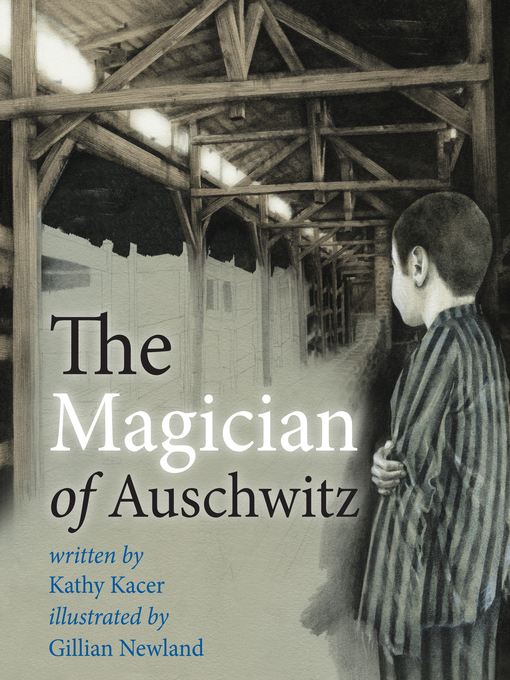Magic can be found in the darkest of places... It is the time of the Second World War, and Werner is a boy alone in the Auschwitz concentration camp. Separated from his family, he doesn't have a friend in the world. He shares his bunk with a quiet man named Herr Levin, who seems too gentle for this terrible place.One night Werner is woken by the sound of prison guards yelling. But it's not Werner they want, it's Herr Levin. "Do your magic!" they order him. Magic? In Auschwitz? Werner never expected to meet a magician in such a sad and frightening place. Nor did he expect that his life could be changed, not just by Herr Levin's gift of magic, but by his gifts of hope and friendship. Includes a special section, with photographs, about the real-life Werner and the Great Nivelli.
- New eBook additions
- Available now
- Most popular
- Autism Awareness Month
- Childhood Classic eBooks
- Dyslexia
- Unmissable Picture Books
- Try something different
- Crime Doesn't Pay
- Novella & Short Story Classics
- Read-Along
- Out-of-this-world Sci-Fi
- The Booker Prize
- See all ebooks collections
- New audiobook additions
- Autism Awareness Month
- Books on Film
- Try something different
- Available now
- Read by a Celeb
- Most popular
- New kids additions
- New teen additions
- Interesting Lives: Memoirs & Biographies
- Crime Doesn't Pay
- Popular Audiobooks
- Series Starters
- See all audiobooks collections



